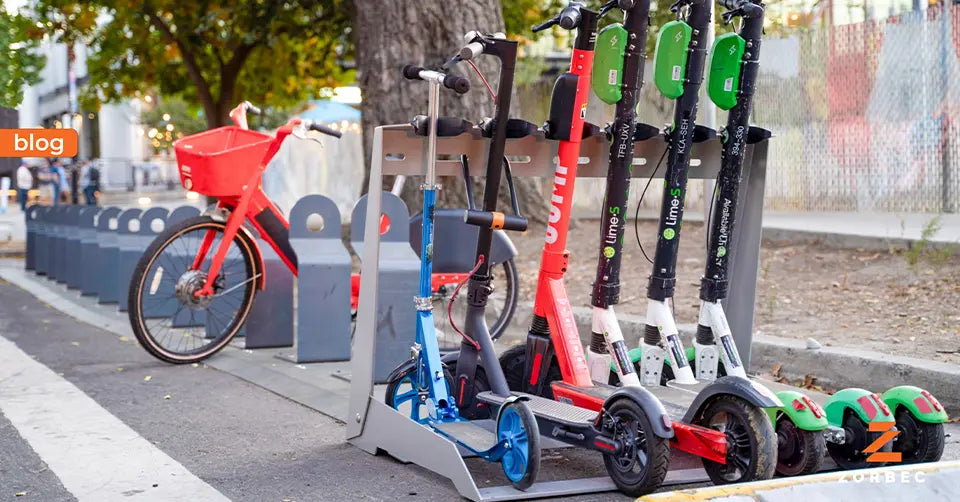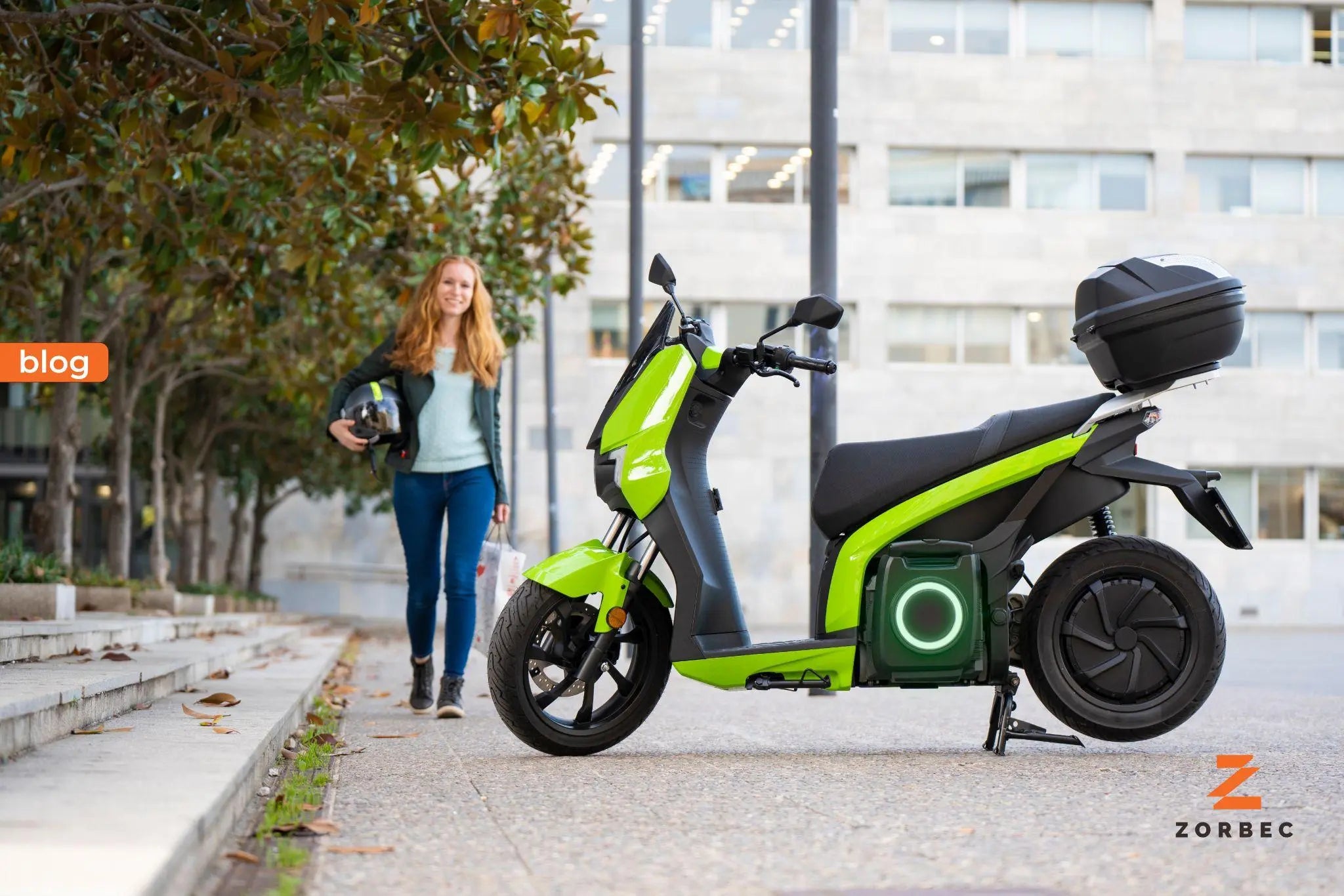The Evolution of Mobility: Embracing Micro-Mobility in Urban Landscapes

As urban centers continue to grow, so does the need for innovative and sustainable transportation solutions. In this blog, we explore the rising trend of micro-mobility in urban landscapes and its profound impact on modern transportation. From electric scooters and bicycles to e-skateboards and shared mobility, join us as we uncover the transformative potential of micro-mobility in revolutionizing the way we navigate cities and tackle urban challenges.
The Rise of Micro-Mobility
Micro-mobility refers to lightweight and eco-friendly modes of transportation that are designed for short-distance trips within cities. With urbanization and concerns over traffic congestion and pollution, micro-mobility options have emerged as a popular and viable solution. We explore the rapid growth of electric scooters and bicycles, along with the integration of shared mobility platforms that offer convenient, flexible, and sustainable choices for urban dwellers.
E-Scooters, Empowering Last-Mile Connectivity
Electric scooters have revolutionized the concept of last-mile connectivity. Compact and nimble, e-scooters provide a convenient and efficient means of getting from point A to B in densely populated urban areas. We delve into the benefits of e-scooters in reducing reliance on traditional modes of transport, easing traffic congestion, and promoting healthier, greener alternatives for short-distance commuting.
E-Bicycles, Pedaling Towards Sustainability
E-bicycles have emerged as a game-changer in urban mobility, combining the benefits of traditional bicycles with the power of electric assistance. These versatile and energy-efficient vehicles offer a sweat-free and eco-friendly alternative for commuting and exploring the city. We explore how e-bicycles are redefining urban transportation, enhancing accessibility, and encouraging active lifestyles while reducing carbon emissions.

Micro-Mobility Challenges and Solutions
While micro-mobility presents numerous advantages, it also faces challenges in terms of infrastructure, regulations, and safety. We discuss the need for dedicated bike lanes, charging stations, and proper parking facilities to support the growth of micro-mobility options. Additionally, we explore the importance of educating riders and drivers about sharing the road safely, fostering a harmonious coexistence between micro-mobility users and other road users.
Future Outlook, Integration and Expansion
The future of micro-mobility is promising, with the integration of smart technology and the potential for seamless mobility experiences. We explore how micro-mobility services can be integrated into multi-modal transportation platforms, allowing users to effortlessly switch between different modes of transport. As cities continue to prioritize sustainable urban mobility, the expansion of micro-mobility options is poised to transform the way we move within urban landscapes.
Conclusion
Micro-mobility is reshaping urban transportation, offering efficient, eco-friendly solutions for short-distance travel. Embracing e-scooters, e-bicycles, and shared mobility platforms, micro-mobility addresses the challenges of modern urbanization while promoting sustainability and accessibility. As cities embrace these trends, micro-mobility paves the way towards a greener, smarter, and more interconnected urban future.






